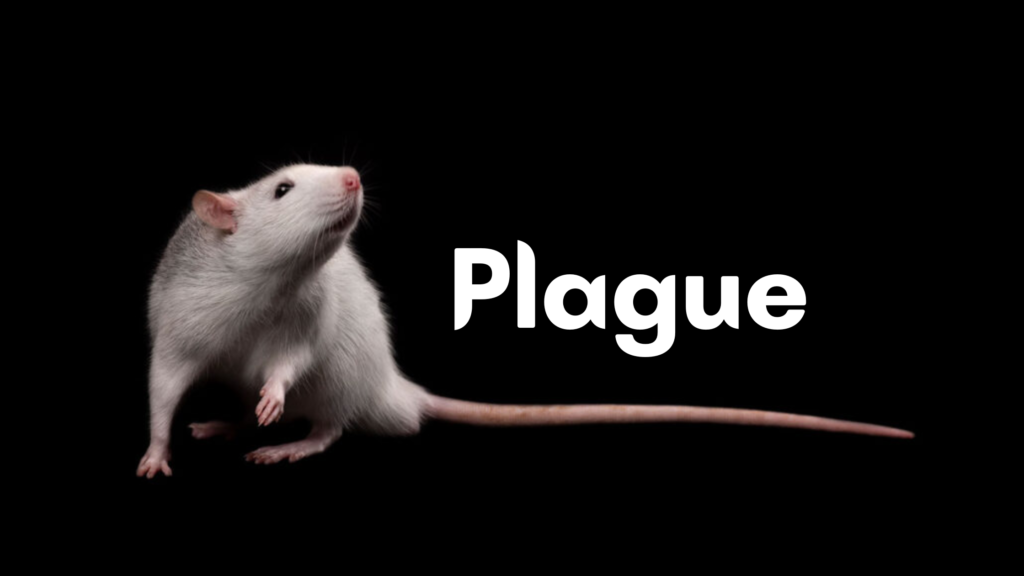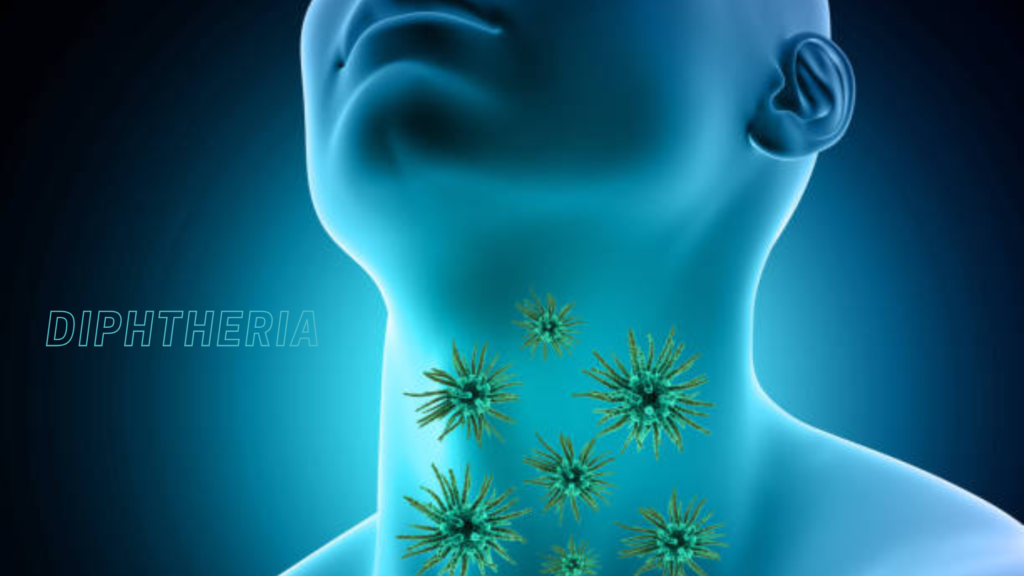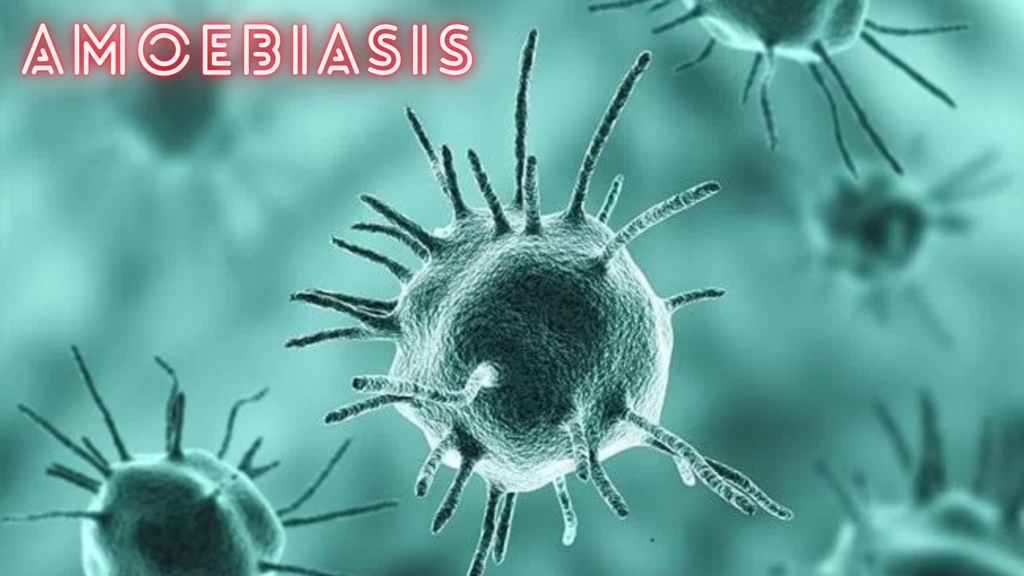Clostridioides difficile infection
🦠 What Is C. difficile Infection? Clostridioides difficile (formerly Clostridium difficile) is a type of bacteria that can cause inflammation of the colon (colitis), leading to severe diarrhea and other intestinal problems. It often occurs after taking antibiotics, which can disturb the balance of healthy gut bacteria. 🔍 Causes & Risk Factors: ⚠️ Symptoms: In […]









